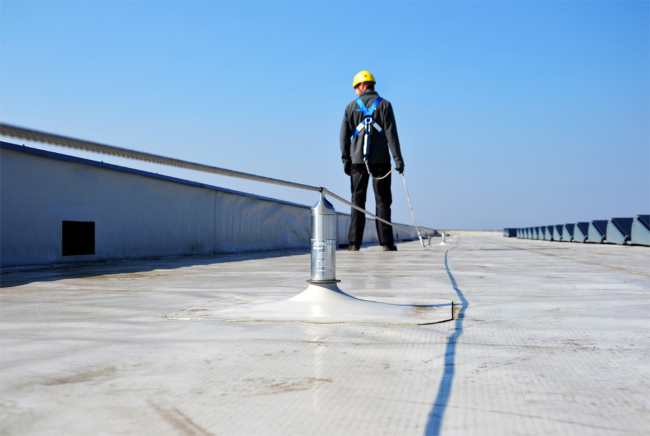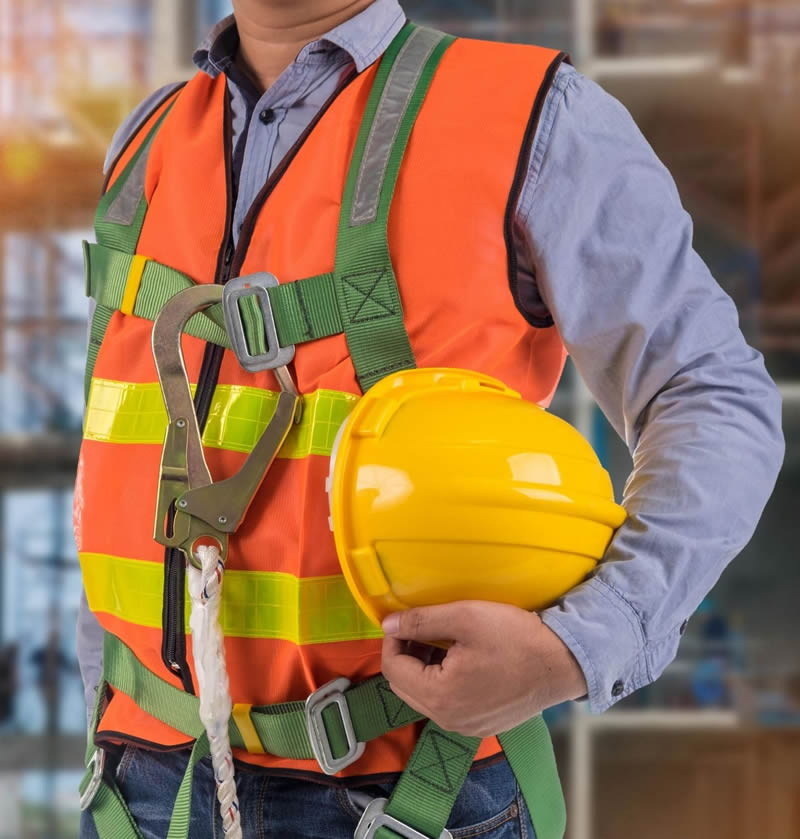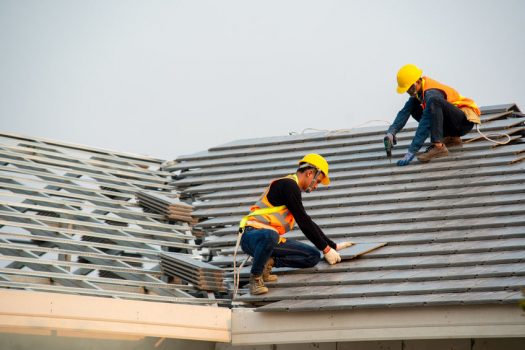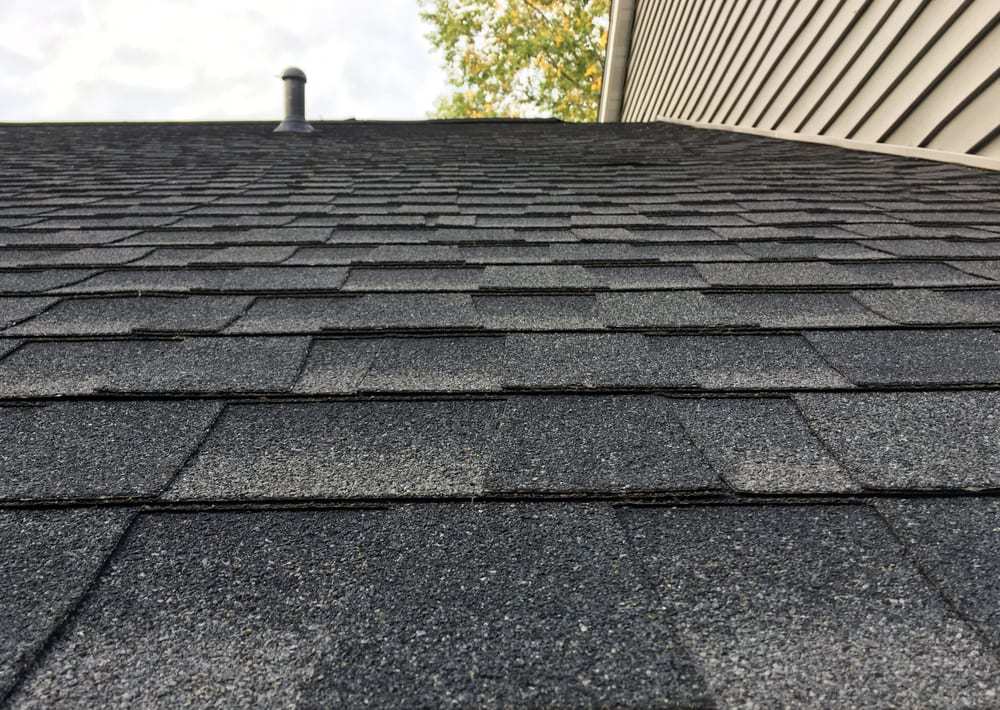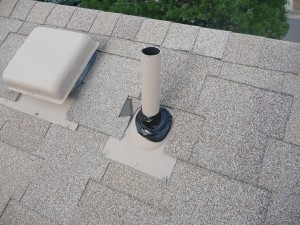Eco-Star Roofs
Have you ever wanted a cooler roof that would help your house and the environment? Eco-Star tiles may be the way to go.
In the City of Denver, the certification of “green roof” certification, which is Eco-star. A green box with a Big white E and a white star next to it.
Eco-Star roofs are mostly made up of recycled tiles and shingles, that either were scraped off a roof, or not used on one. The impact of not making newer shingles or tiles is a huge benefit to the environment.
There are multiple roofs that can be used to help the environment without compromising on quality, durability, or longevity. The list includes asphalt shingles, clay tiles, metal roofs, and Synthetic Shake.

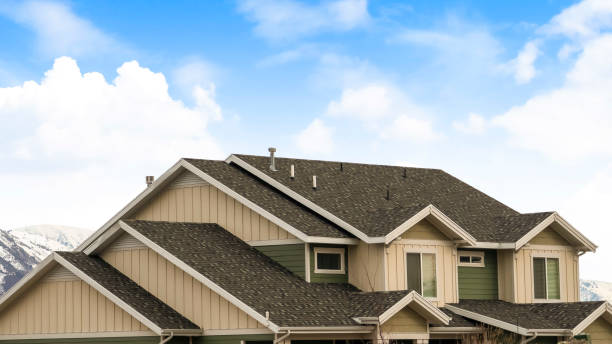
Eco roofs will have a longer life span than other materials that are out there. Because of the durability, they can withstand and reduce the frequency of roof replacements and maintenance for it overall, saving money and resources over time.
Consider where you live when you would like to install an Eco roof. Here in Colorado, it has up to 300 days of sunlight, and being positioned closer to the sun. Eco roofs may be a good place to start.
Benefits with eco-friendly roofing is the reflection of the sun. If you have a dark toned roof, it will absorb a lot of sunlight, not letting it have a chance to reflect the sunlight so much. Making it much hotter on top of your house. During the summer, roofs can be hotter than the ground with a difference between 20 degrees. In our climate of Colorado, we are closer to the sun, and it makes it harsher because of direct light towards your roof.
Overall, do your research to see if you would like an eco-roof on your house. Decide which material you would like that is energy efficient. Eco-star roofs can save money in the long run, because it will keep your house cool during the hotter months and warm in the cold months.


